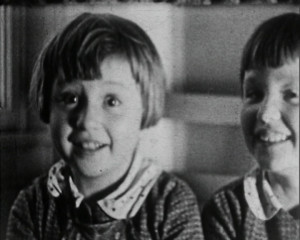
"Documentary. The holidays of two young children, Heidi and Erika, in the area of the Danube. Shots of the landscape, bathing, playing with animals, visits to the abbey at Melk and a castle" (EAFA Database).
"The combined efforts of Massimo Sani-photography and Ezio Pecora-directing. A slowly paced, sensitive portrayal of adolescent emotions. While in many amateur films the acting is such that we can never forget it is a movie and that the actors are aware of the camera, in "Encounter on the River", the acting is natural, making this tender, almost too subtle story most enjoyable. The best directed amateur film seen in years." PSA Journal, Dec. 1955, 36.
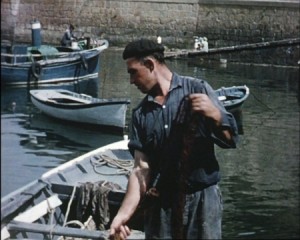
Cortometraje documental sobre la costa vizcaína que hace un recorrido desde la playa de Ereaga hasta el Cabo Matxitxako. En la película se pueden ver imágenes del Puerto de Bilbao y de las playas de Ereaga, Arrigunaga, Azkorri y Sopelana. También se aprecian las localidades vizcaínas de Barrika, Plencia, Gorliz, Armintza, Bakio y San Juan de Gaztelugatxe.
Documentary short about the Biscayne Bay that depicts a tour from the Ereaga beach to Cape Matxitxako. The film shows images of the Bilbao Port and the beaches in Ereaga, Arrigunaga, Azkorri and Sopelana. Local Biscayne places are also seen: Barrika, Plencia, Gorliz, Armintza, Bakio and San Juan de Gaztelugatxe.
"'Europa Touring,' winner in the scenic class, was a 'honey' in any man's language. It was the film handiwork of Ellis M. Yarnell and C. Y. Kimball of Redondo Beach, Cal.; and was the story of a tour of Northern Europe, where the summer grass, as in northern countries, really is green — which last remark of course tells you the subject was in color. The two men have been making amateur motion pictures for seven years. Yarnell is a member of the Delta Kappa Alpha, Cinema Fraternity, U.S.C., and Kimball of the Amateur Cinema League." American Cinematographer, Jan. 1938, 28.
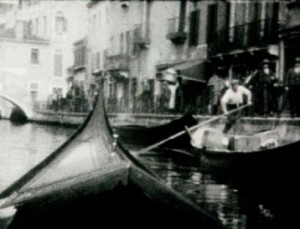
"Travelogue with intertitles of Alexander Black's trip to Europe in 1928. It includes footage of air and sea travel, a phantom ride in a gondola, and footage of Black himself feeding pigeons in Venice, Italy." UC Berkeley Library.
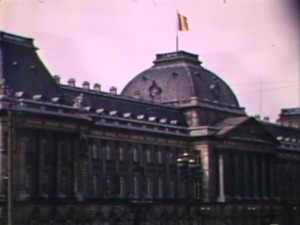
"H. Lee Hansen visits Holland, England (London), France (Paris), and Switzerland (Zurich) and captures scenes of daily life in post-war Europe." UC San Diego Library.
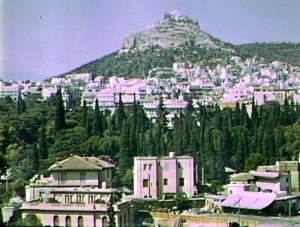
"Hansen begins his tour through Europe at Greece. He spends most of his time in Greece traveling through Athens, juxtaposing the Classic Greek architecture to modern life." UC San Diego Library.
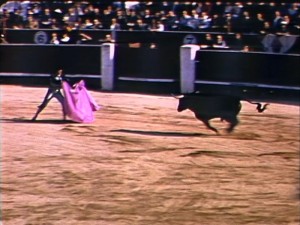
"General scenes in Spain, including farming and city life. There is a long section of a bull fight (Madrid)." UC San Diego Library.
"The Faktargubbers Story of Aland gives us many glimpses of the Aland Islands in the Baltic Sea. Though legally under Finnish domination, the people enjoy a high degree of self rule and are pro Swedish. The many activities of the people are shown, and the narrator, being a native himself, introduces you to "his people" and gives you numerous views of a normal day's events and the happy life his people enjoy" PSA Journal, Aug. 1967, 37.
Total Pages: 15